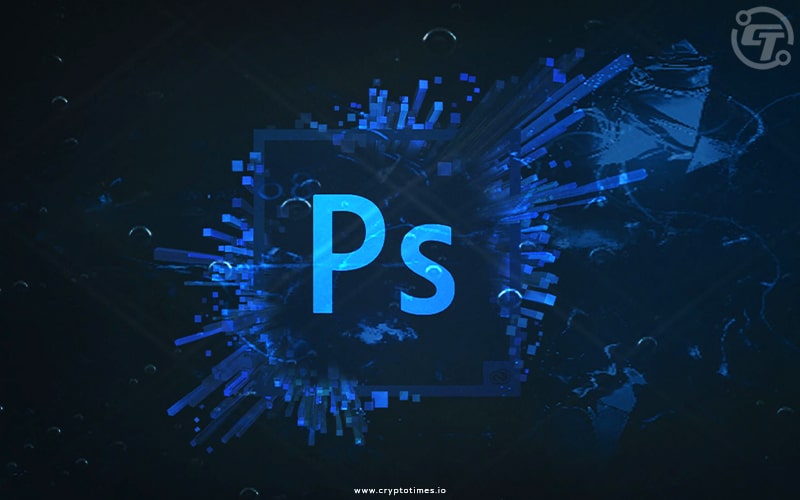In Brief:
- Adobe is releasing a feature in Photoshop that allows users to save an image as an NFT.
- To display the credentials, Adobe has partnered with NFT markets OpenSea, KnownOrigin, Rarible, and SuperRare.
Adobe Photoshop is releasing a new feature called “Content Credentials” that allows users to create photos as non-fungible tokens (NFTs), which will provide content credentials that marketplaces such as OpenSea can show for each asset on their websites.
During a Decoder podcast interview with The Verge’s Nilay Patel, Adobe chief product officer Scott Belsky unveiled the so-called “prepare as NFT ” option. According to Belsky, the tool will allow users to view attribution for the NFTs developer as well as who minted it. He also said that Adobe would use an open-source mechanism to sign the image cryptographically with the creator’s identity.
According to Andy Parsons, head of Adobe’s Content Authenticity Initiative, the new capability is available as a public beta in the Photoshop desktop client today.
From Parsons’ point of view, their aims with NFTs are simple. They majorly focus on how they could help creatives gain credit for their work, and how they enable those who are already minting NFTs to show off their work, regardless of where they mint it.
He further added by saying that this provides collectors and marketplaces with crucial information about a work of art’s genuine creator. Now creators will be able to attach their social media and wallet information to their images using Photoshop’s new NFT feature.
In a news statement, Adobe stated that by linking the social media and wallet addresses to the content credentials, one can further persuade users that they are the creator of their material. Also, if someone wants to mint their work as crypto art, they’ll need a crypto address.
Now OpenSea will show this new content certificate on its platform. It provides a link to the crypto wallet connected with whoever created the image is a screenshot of how those content credentials appear in a blog post. If the wallet address matches the one that minted the image, a blue “match” button will display.
Ryan Foutty, OpenSea’s vice president of business development said that someone having an additional layer of features that raise the transparency, even more, will be fantastic for makers, collectors, and purchasers.
In a press release, Adobe announced that it is collaborating with the markets KnownOrigin, Rarible, and SuperRare to allow potential buyers to check whether the NFT’s originator and minter are the same. To protect NFT creators, Rarible and Adobe formed a partnership yesterday.
OpenSea also explained that, in Adobe Photoshop, producers can use content credentials to capture modifications and identification information, as well as attach attribution rights directly to a picture, which can then be exported as an NFT. Also, this data will be utilized as metadata for the NFT as per OpenSea. One of the most well-known marketplaces for purchasing NFTs is OpenSea.
The Content Authenticity Initiative (CAI), a project initiated by Adobe, Twitter, and The New York Times, allows potential NFT customers to validate these credentials by uploading an image. The content credentials, as well as access to the marketplace for potential buyers, will appear when exploring NFTs through artists’ Behance portfolios.
Because it’s so easy to copy any image and then mint it on the blockchain, Adobe is releasing this capability in response to demand for identifying the original originator of the content presented with an NFT.
The cryptographic signature, according to Belsky, links to an IPFS (InterPlanetary File System)-powered system that shows the attribution data, and the tool also leverages decentralized storage.






